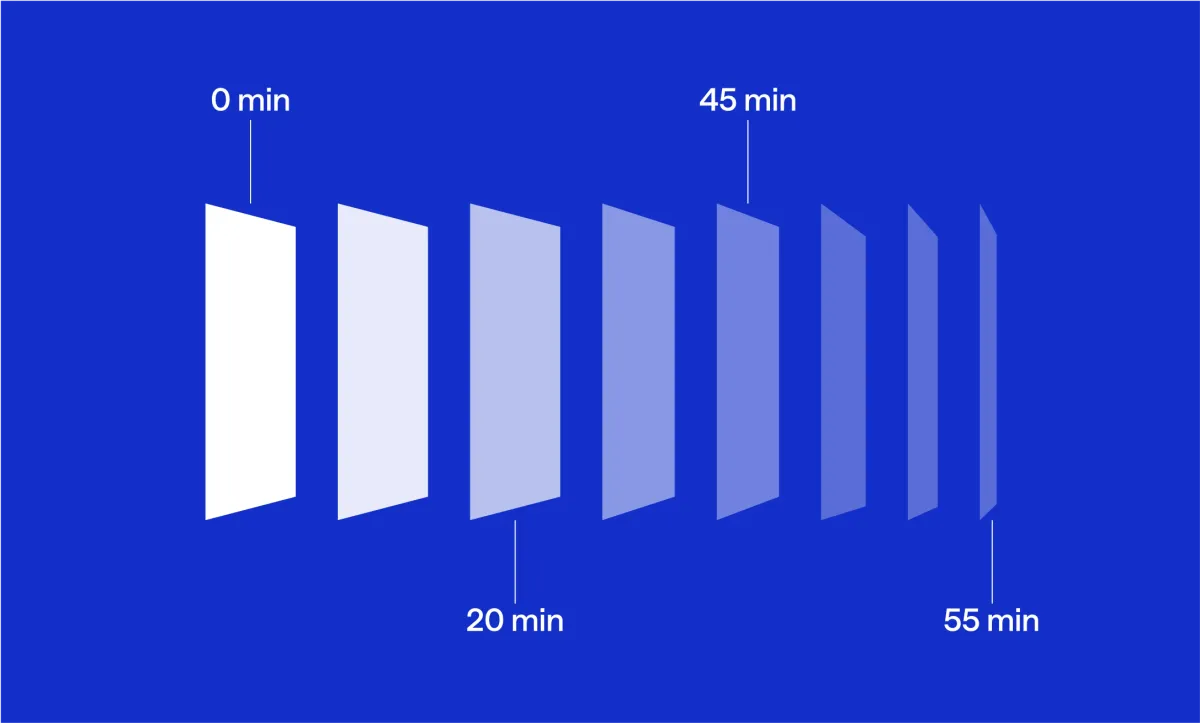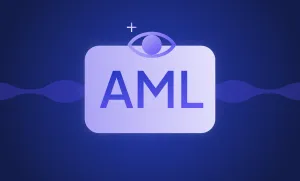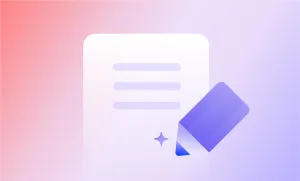Podcasts need to be intriguing enough to keep listeners engaged from start to finish. But writing a podcast outline doesn’t have to be complicated. With a clear structure, you can make your episode sound more professional and easier to follow.
According to recent surveys, there are over 546 million podcast listeners worldwide. That means your show has a real chance to stand out, but only if it captures and holds attention. And that’s often the hardest part: knowing what’s actually essential to include in an episode.
In this article, we'll be sharing the ways you should outline an interesting episode. Continue reading to make your script smooth!
Table of Contents
– Podcast Outline vs Podcast Script
– How to Outline a Podcast: Step-by-Step Guide
– Using a Podcast Outline Template
Podcast Outline vs Podcast Script
Creating a podcast script and creating a podcast outline serve different purposes in the podcasting process.
Before you write a script, you need an outline. That’s your starting point. The outline helps you figure out what this episode’s actually about, along wiht your intro, main points, segments, transitions, wrap-up, and more. It’s there to keep you on track while still giving you room to talk like yourself.
Once you’ve got that down, then you can decide if you want a full podcast script. Scripts are more detailed and will contain the actual words you’ll say throughout your recording sessions. That said, while some podcasters write everything out (especially if they’re nervous or covering tricky topics,) others stick to the outline and just talk.
How to Outline a Podcast: Step-by-Step Guide
Podcast segment planning is a strategic work that requires work on proper sequence and planning. You have to take care of minimal things like dialogues, settings, scene, background, outfits etc to make your podcast episode a super hit.
Let’s have a look at some secrets that work well in structuring podcast episodes to make them viral.
1) Take a start with clear theme of script in your mind
Firstly, take a start by clearing up what you want to write? Or what’s you want to convey to the listeners? You have to decide about the theme to make the episode smooth otherwise the blending of themes brings confusion and frustration to the listeners.
You must be clear in your mind with these questions:
- What’s the main topic of this episode?
- What do I want my listeners to take away from it?
- Is it educational, entertaining, or storytelling-focused?
So, knowing these answers initially helps you to plan your script properly and you can also convey it more effectively. You can use an AI script maker to make a well organized outline of your script. This helps you to work in a flow. This tool generates engaging scripts that help in making intriguing episodes.
2) Do possible research on your episode’s topic
Knowledge is important for speaking. You never talk about something that you don’t know. Same goes for hosting and posting, get to know about all the facts regarding your topic which you are going to discuss in your podcast.
You have to do possible research via different platforms like channels, documentaries, videos, books and even from professionals.
This brings authenticity and originality in your podcast that makes your podcast appreciated by the audience.
3) Mention a hook point in introduction to catch the attention
Adding an attention seeking introduction in the podcast makes it engaging and forces the listener to sit and listen till the end.
Sometimes, it happens that we want to write something but don’t know the exact and powerful words to convey our thoughts. In such cases, AI tools can help generate content, but it's important to add a human touch to make it more natural and engaging.
An AI text humanizer can improve the readability of your content and make your content meaningful.
You just need to enter your text, and it refines it to sound more natural and engaging. An AI text humanizer enhances readability, adds clarity, and ensures your content feels authentic.
4) Write down the main points in short sections
It is the main point in planning the podcast episode. You have to focus on all the main points regarding your topic then break it into short sections.
This makes sure that you’re conveying the complete information in your podcast related to the targeted topic. Using an AI outline generator helps you to organize your sections to make the script simple.
You just have to write your topic as a prompt the tool generates the engaging outline to you. Then, simply organize your section according to the outline to make your script easy to understand and present.
5) Keep it in conversational tone to make it indulging
Tone matters a lot to make something effective and indulging. The scripted content is not appreciable by the audience in any format.
You have to write your podcast episode in a conversational tone like your guest and audience feels that you’re directly connected to themselves.
This improves their interest and engagement with you. So, make sure to maintain your voice till the end.
6) Plan an engaging and smooth conclusion
Conclusion is the last impression on the audience. It leaves a lasting impact on the listeners and brings back to listen to you again.
Try to make your conclusion simple, clear and smooth. If you are promoting something in your episode then mention some tips, advantages related to the usage of the product.
Wrap up your episode by:
- Summarizing the key takeaways
- Encouraging listeners to take action
- Inviting them to connect with you
This will definitely make your episode interesting and likely by the audience.
Using a Podcast Outline Template
While each episode of your podcast will necessarily need a separate outline, you don’t have to start the process completely from scratch each time when you’ve got a template.
To help with the outlining process, we have included free outline template PDFs for two common podcast formats:
1) A standard podcast with one or more hosts:
2) An interview podcast:
Using either of these templates when creating a podcast episode outline can offer several benefits to podcasters, including:
- Stop wasting time figuring out where to start. A template gives you a ready-made structure, so you’re not staring at a blank page. Just fill in the key parts and focus on what you want to say.
- Keep every episode clear, focused, and on track. Outlines help you avoid rambling. You know what’s coming next, and so does your audience.
- Make your show feel more professional (with less effort.) Consistent structure builds trust. Intros, transitions, and outros feel smoother when they’re part of the plan, not an afterthought.
- Collaborate without confusion. When you’re working with co-hosts or guests, everyone knows the format and what to expect. That means fewer retakes and better flow.
- Grow your audience by setting expectations. Listeners like knowing what they’re in for. A familiar rhythm keeps them engaged and coming back.
Tips for Using Podcast Outline Templates
- Make it your own. Don’t be afraid to tweak the template as you go. Add segments, remove ones you don’t use, or rename sections to match your tone and style.
- Prep before you press record. Fill out your outline before you start recording—not during. It’ll keep your delivery smoother and help you avoid dead air or filler words.
- Use bullet points, not full scripts. Keep it loose. Jot down prompts and talking points rather than writing every word. That way, you stay natural and conversational.
- Leave space for spontaneity. A good outline guides the episode, it doesn’t lock you in. If something interesting comes up mid-recording, follow it.
- Revisit and refine. After a few episodes, come back to your template. Is there a section you always skip? One you wish you had? Update it based on what’s actually working.
Final thoughts
A good podcast outline keeps you organized, confident, and engaging. It helps you stay on topic, interact naturally, and create an episode that flows effortlessly.
So, before a final shoot, take a few minutes to write an outline. This makes your process simple and smooth to you as well.
Put your efforts and plan your episode to get better engagement of your targeted audience!








